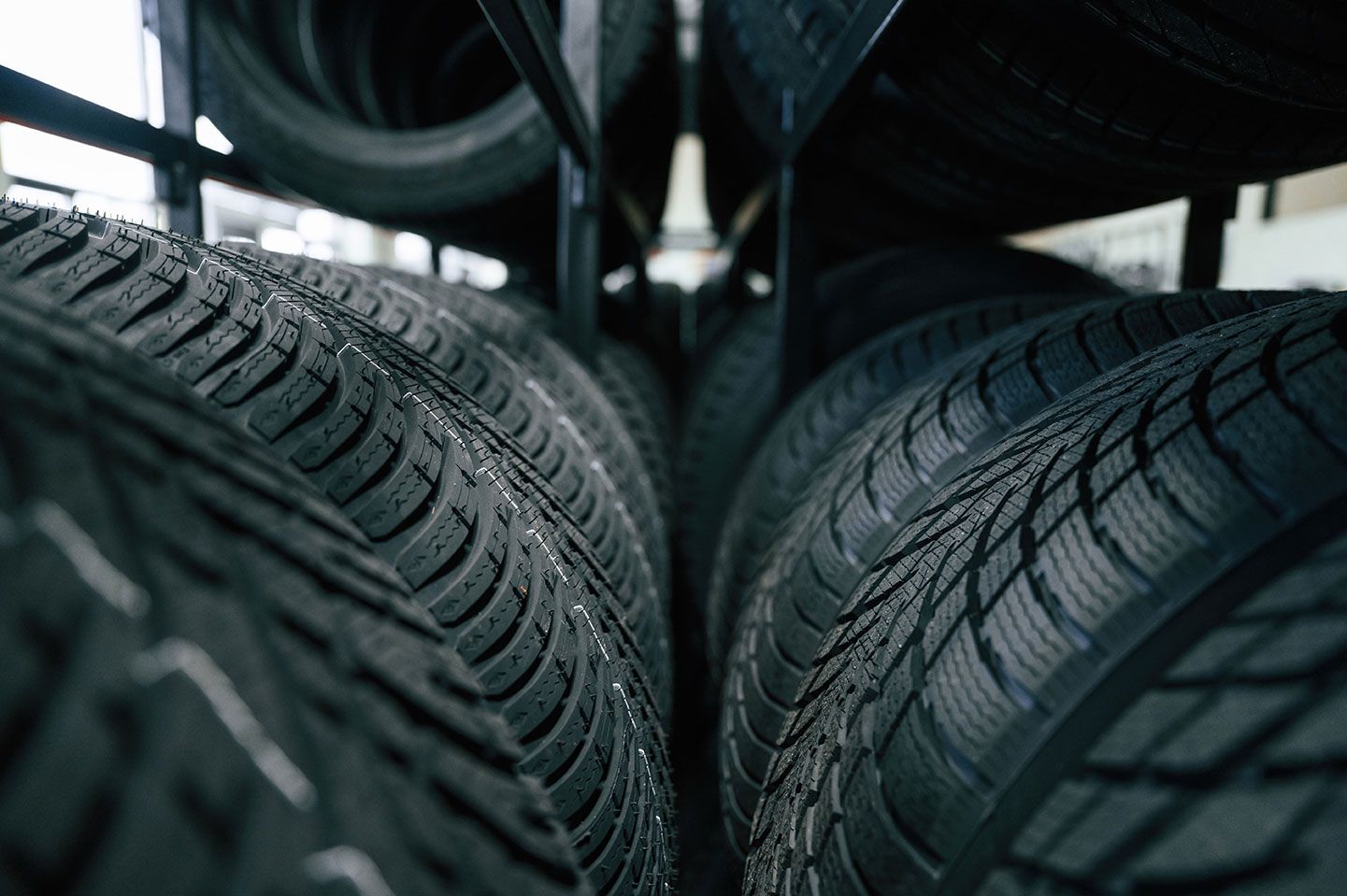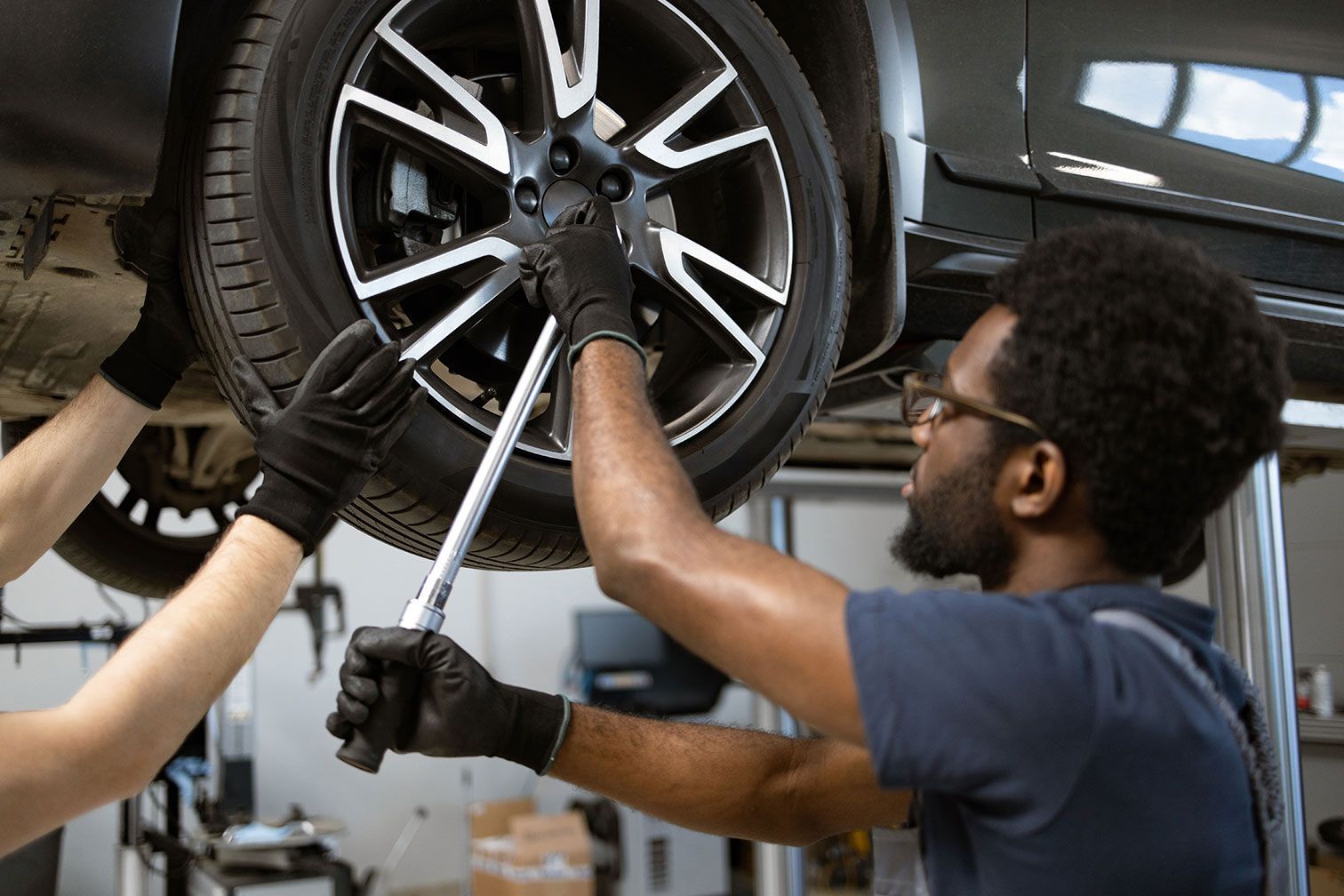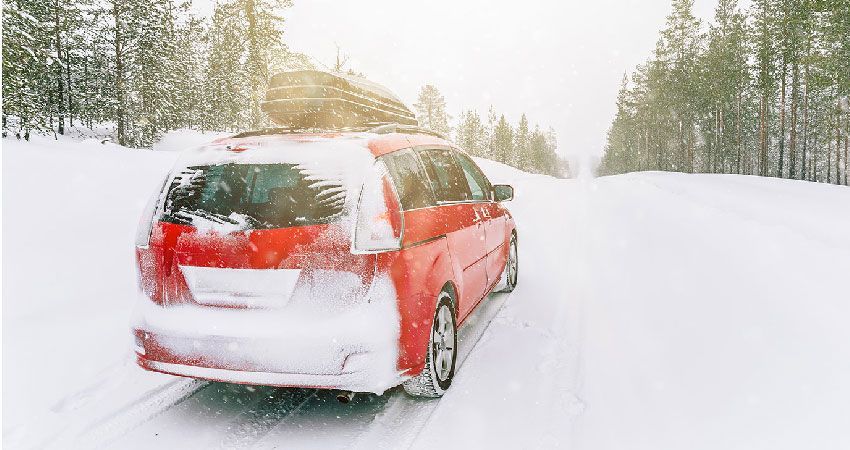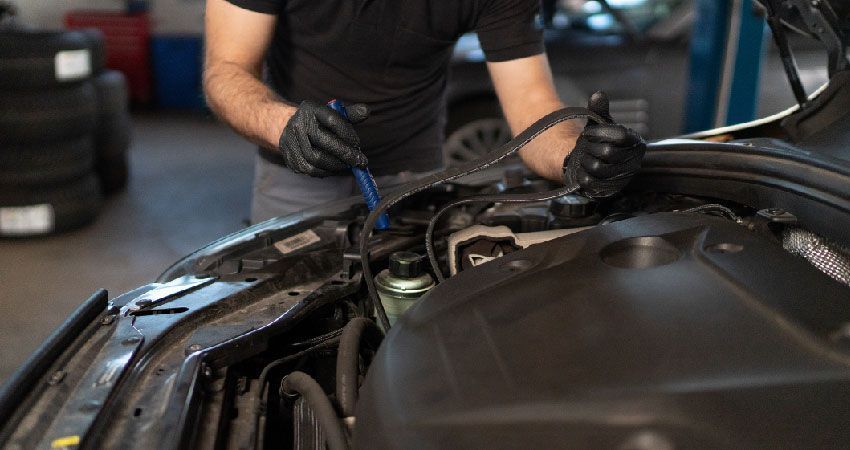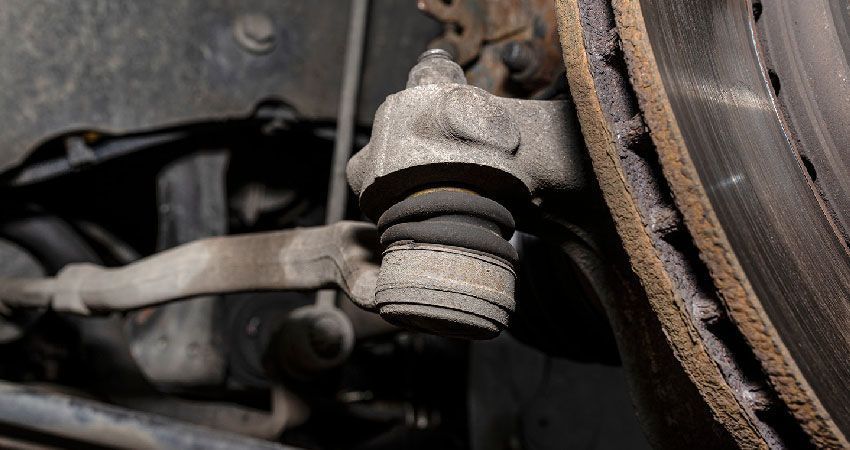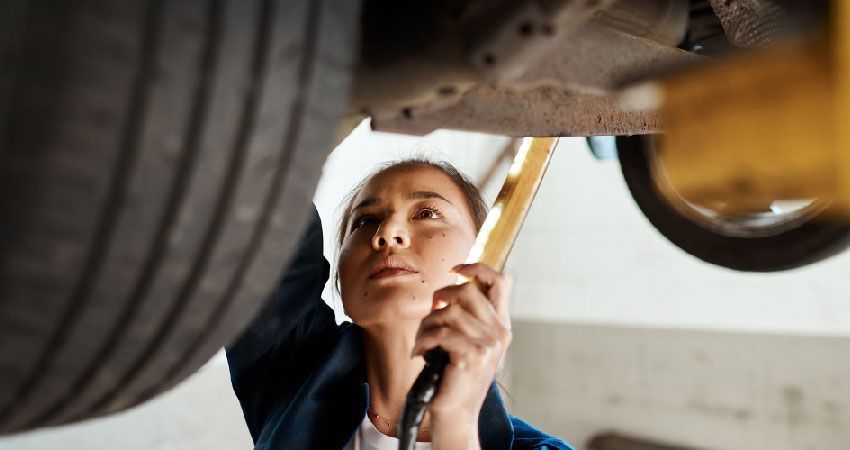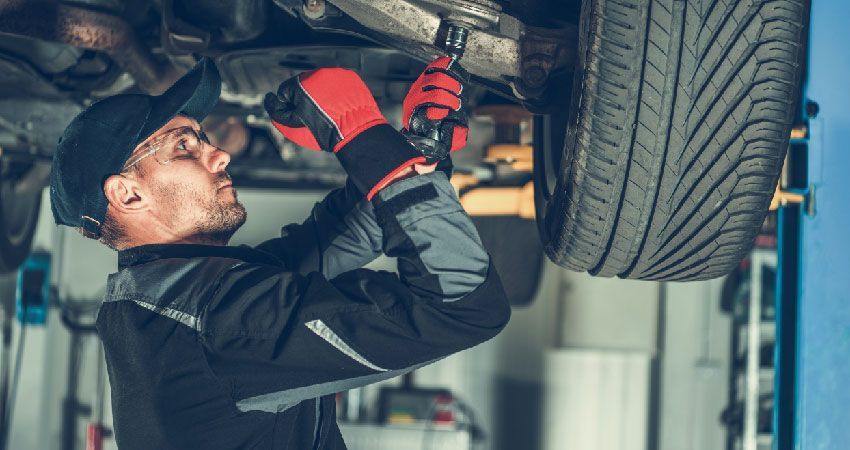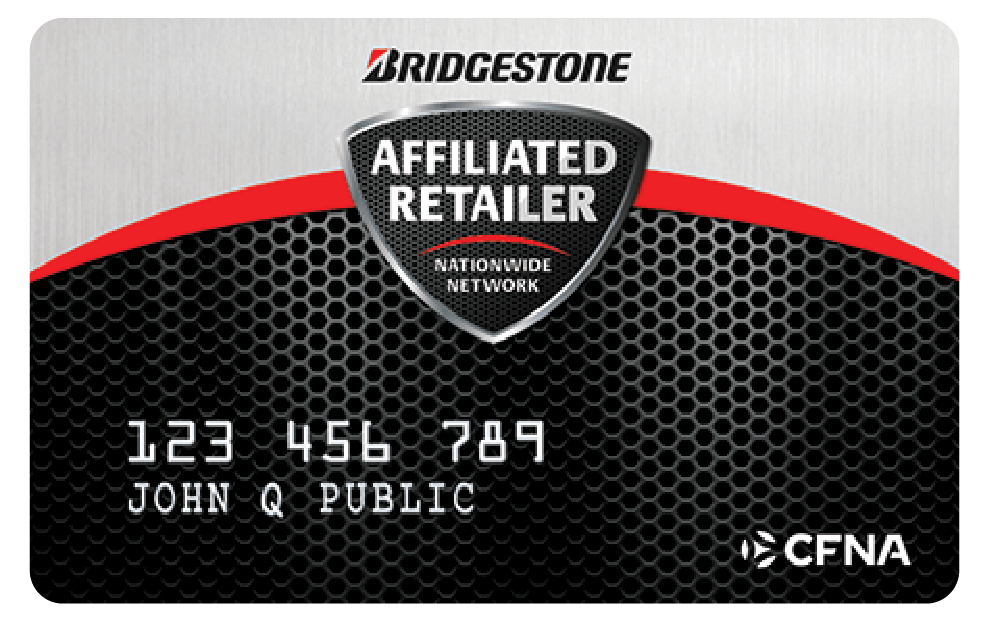Stick Shift Clutches

What is a clutch check and adjustment?
Clutches are used in many different devices, not just vehicles. Clutches are used in any device that has two or more rotating shafts. Usually, an engine drives one of the shafts and the other shaft, powered by the first shaft, will drive a separate part. For instance, in a vehicle the engine is constantly turning and when in contact with the transmission, the vehicle’s wheels turn. Clutches are used to separate the engine from the transmission. When you want to stop or slow down in a manual transmission vehicle, the clutch must be engaged in order to keep your engine running but to stop the wheels of the vehicle. Now, to understand what may go wrong with a clutch, it is important to understand how a clutch really works. Clutches operate by using friction to keep your engine and transmission connected. This friction is created between a clutch plate, which connects to the transmission, and a flywheel, which connects to the engine. When your clutch pedal is not engaged, your clutch contains springs that force a pressure plate to press the clutch plate into the flywheel creating the necessary amount of friction force to keep the engine and transmission connected. When this happens, your engine and transmission spin at the same rate. Then, when you do engage your clutch pedal, a cable or hydraulic piston pushes on the clutch’s release fork to release the springs. When this happens, the pressure plate pulls away, and the clutch plate separates from the flywheel. Again, when this occurs, your engine and transmission are now separated. During a clutch check and adjustment service, your clutch will be examined for signs of excessive wear and will be adjusted, so it can release properly. If you have a hydraulic clutch, it will be inspected for leaks and adjusted if necessary. If you have a cable operated clutch, the condition of the cable will be checked and adjusted if necessary. Your clutch pedal will also be checked. The pedal’s free play distance will be checked and adjusted if necessary (there should be an inch or two of free play before the clutch is actually engaged).
Why does your clutch need to be checked and adjusted?
Over time friction will wear down the surface of objects and since your clutch uses friction to operate, there are parts that will wear down. The clutch plate surface is covered with a friction material that wears away from constant use. When this happens, your clutch plate will begin to slip and won’t be able to sustain the force necessary to keep the engine and transmission connected. However, the clutch plate wears only when the engine and transmission are spinning at different rates. This means that the driver of a vehicle slips the clutch or takes his/her foot off the clutch too early. Another clutch problem deals with sticking. This means that the clutch doesn’t release all the way, and the engine is still in limited contact with the transmission. When this happens, your transmission will grind and may not even be able to switch gears.
When does your clutch need to be checked and adjusted?
Clutches can last for over 80,000 miles but can also show signs of wearing around 35,000 miles. It is important to use your clutch with care to extend its life and prevent early wearing. If you have a hydraulic operated clutch, you should have your clutch’s hydraulic fluid checked regularly. There are a couple signs to watch to determine if you should have your clutch inspected. First, if you have to press down hard on your clutch pedal, you may have what’s called a “hard” clutch. This can mean that your clutch is sticking. You should also pay attention for any noises your transmission makes when you engage your clutch. If you hear rumbling or grinding noises, there may be a problem with your clutch release fork. If you suspect any problems with your clutch, you should have it inspected to prevent any further damage to your engine or transmission.
What is a clutch replacement?
Clutches are used in many different devices, not just vehicles. Clutches are used in any device that has two or more rotating shafts. Usually, an engine drives one of the shafts and the other shaft, powered by the first shaft, will drive a separate part. For instance, in a vehicle, the engine is constantly turning and when in contact with the transmission, the vehicle’s wheels turn. Clutches are used to separate the engine from the transmission. When you want to stop or slow down in a manual transmission vehicle, the clutch must be engaged in order to keep your engine running. Now, to understand what may go wrong with a clutch, it is important to understand how a clutch really works. Clutches operate by using friction to keep your engine and transmission connected. This friction is created between a clutch plate, which connects to the transmission, and a flywheel, which connects to the engine. When your clutch pedal is not engaged, your clutch contains springs that force a pressure plate to press the clutch plate into the flywheel creating the necessary amount of friction force to keep the engine and transmission connected. When this happens, your engine and transmission spin at the same rate. Then, when you do engage your clutch pedal, a cable or hydraulic piston pushes on the clutch’s release fork to release the springs. When this happens, the pressure plate pulls away and the clutch plate separates from the flywheel. Again, when this occurs, your engine and transmission are now separated. During a clutch replacement service, the clutch plate, which is covered with a friction material, and the pressure plate are replaced. During this service, depending on what type of clutch you have, your cable or hydraulic system will also be checked. Your clutch pedal will also be checked. The pedal’s free play distance will be examined and adjusted if necessary (there should be an inch or two of free play before the clutch is actually engaged).
Why do you need your clutch replaced?
Over time friction will wear down the surface of objects and since your clutch uses friction to operate, there are parts that will wear down. The clutch plate surface is covered with a friction material that wears away from constant use. When this happens, your clutch plate will begin to slip and won’t be able to sustain the force necessary to keep the engine and transmission connected. However, the clutch plate wears only when the engine and transmission are spinning at different rates. This means that the driver of a vehicle slips the clutch or takes his/her foot off the clutch too early. Now, if your clutch ever completely failed, your engine would not be able to power your wheels and your vehicle would be inoperable.
When should your clutch be replaced?
Clutches can last for over 80,000 miles but can also show signs of wearing around 35,000 miles. It is important to use your clutch with care to extend its life and prevent early wearing. If you have a hydraulic operated clutch, you should have your clutch’s hydraulic fluid checked regularly. It is important to have your clutch replaced in order to keep your vehicle safe. If you hear any rumbling or grinding noises coming from your transmission, you should have your clutch and transmission inspected to check for any problems.
Comprehensive Coverage for All Your Automotive Repair Needs Awaits You!
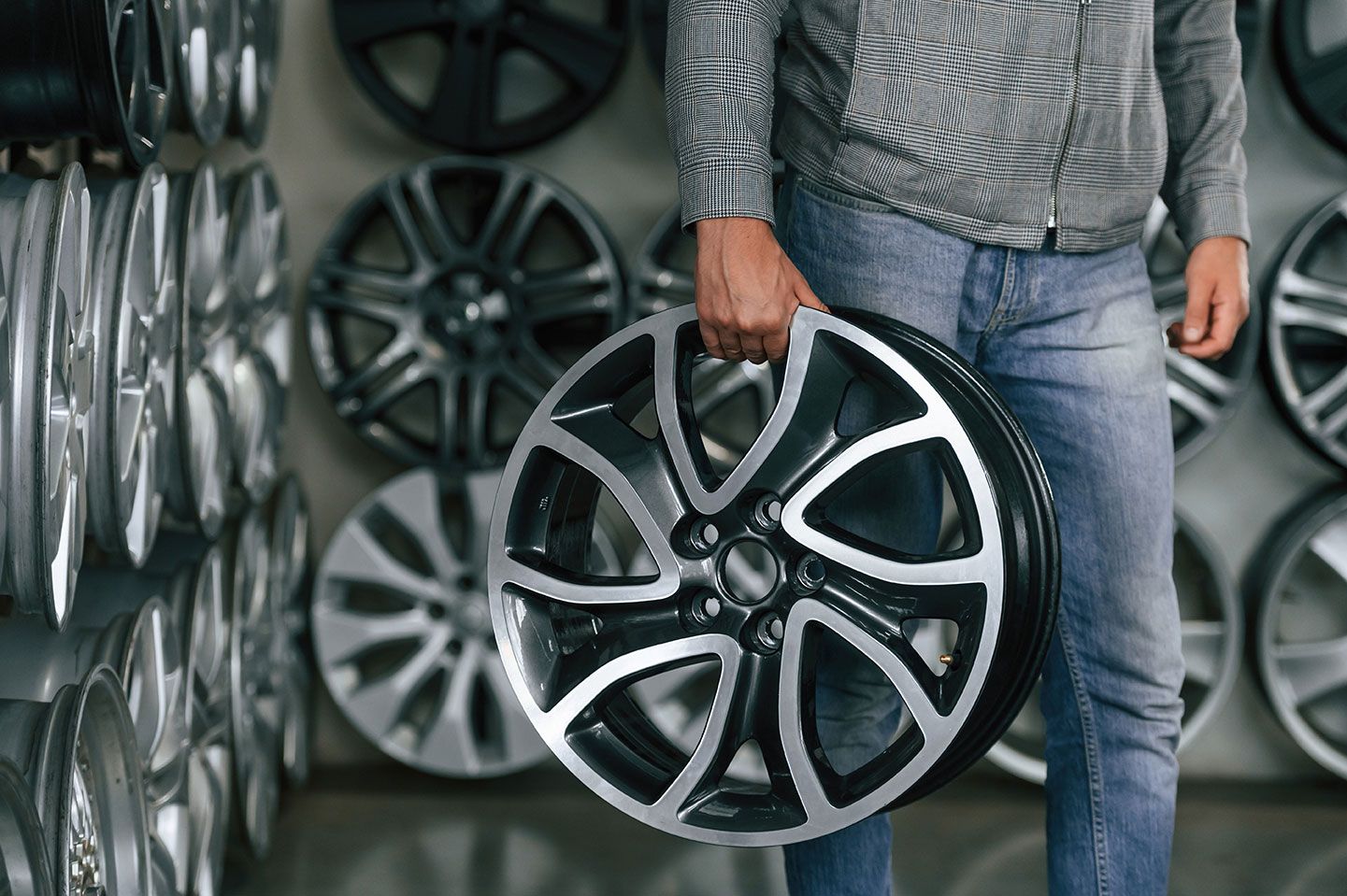
By Melissa Underwager
•
August 7, 2025
When it comes to the performance, safety, and aesthetics of your car, one often-overlooked but crucial component is the wheel. Car wheels serve not only as the foundation for movement but also play a significant role in handling, fuel efficiency, and overall driving experience. In this blog, we’ll dive deep into everything you need to know about car wheels, from their construction to how to choose the best ones for your vehicle.

